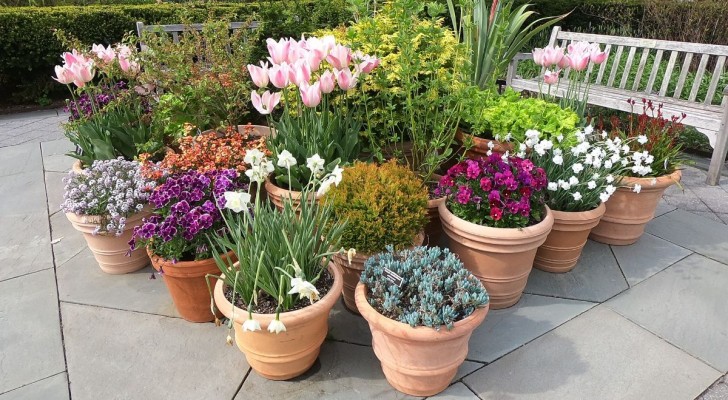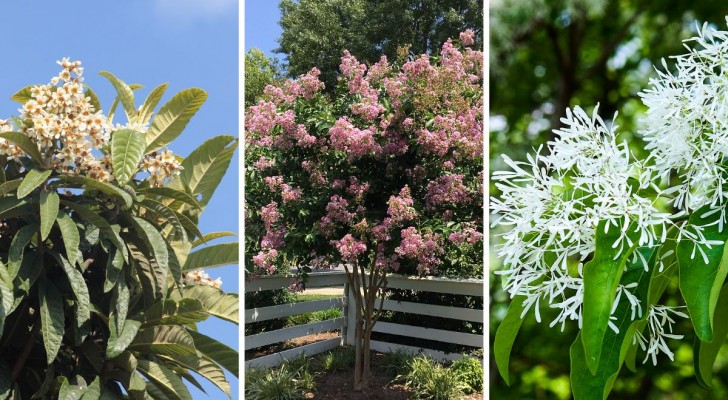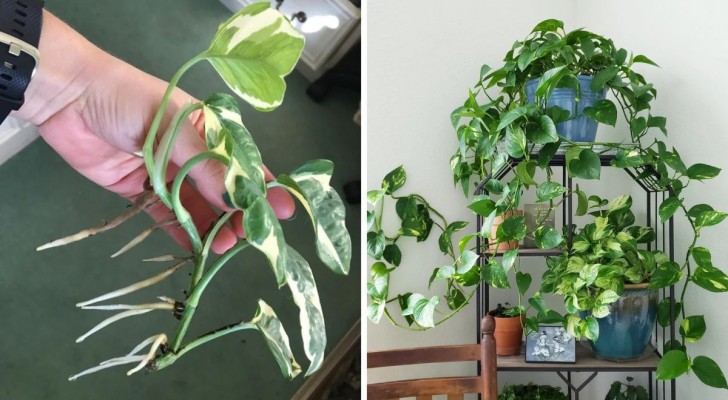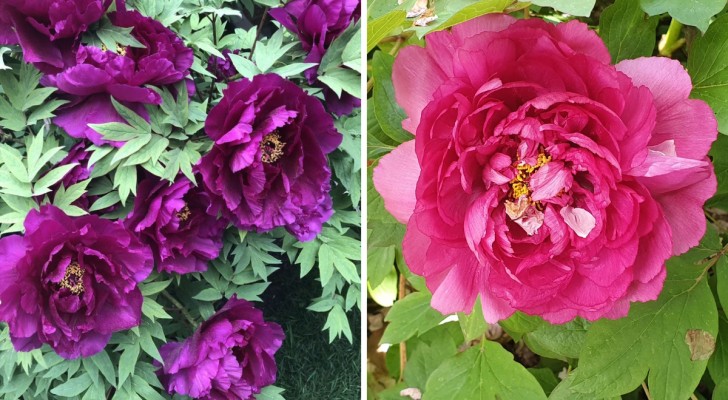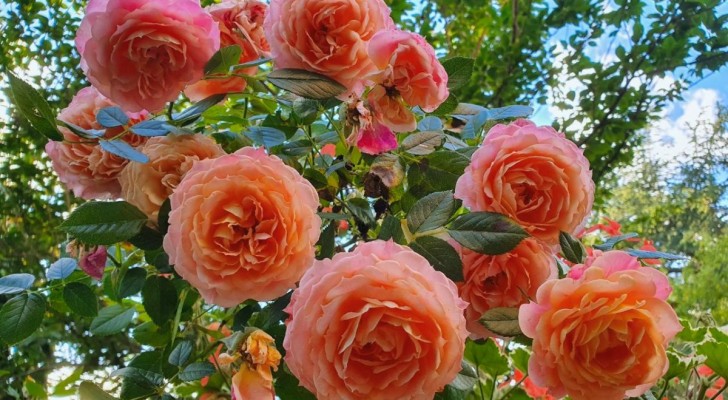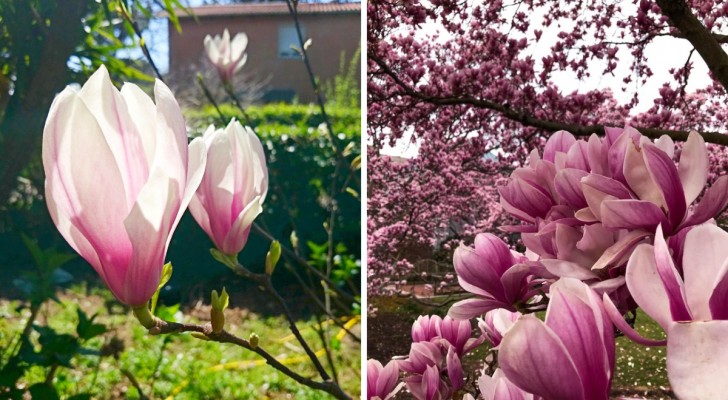Lilacs: useful tips for growing this very fragrant plant with an unmistakable color
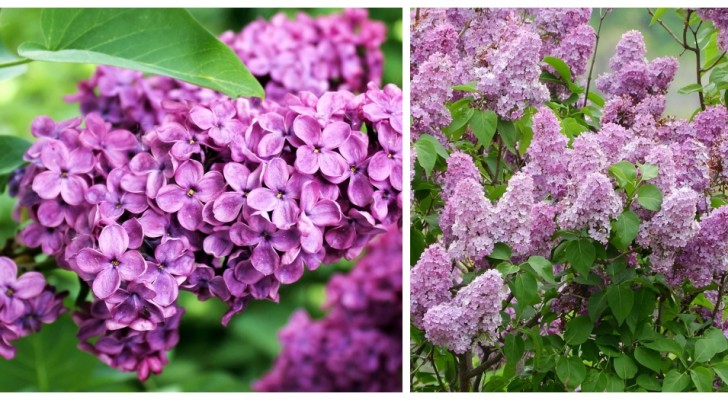
The lilac (sirynga vulgaris) is a shrub or small tree that blooms profusely in the spring: it is in this period, in fact, that the plants are filled with showy flowers in clusters of an unmistakable color, namely lilac (although there are varieties of different shades, including pink and white). These flowers are not only really beautiful to look at, but they also give off a very pleasant scent and being able to enjoy their delicate and elegant beauty is a bonus in any garden.
They are easy to grow and preferably should be placed in the soil outside, although it is not impossible to grow them in large pots. Read on to find out more about this beautiful plant which is native to the Middle East:
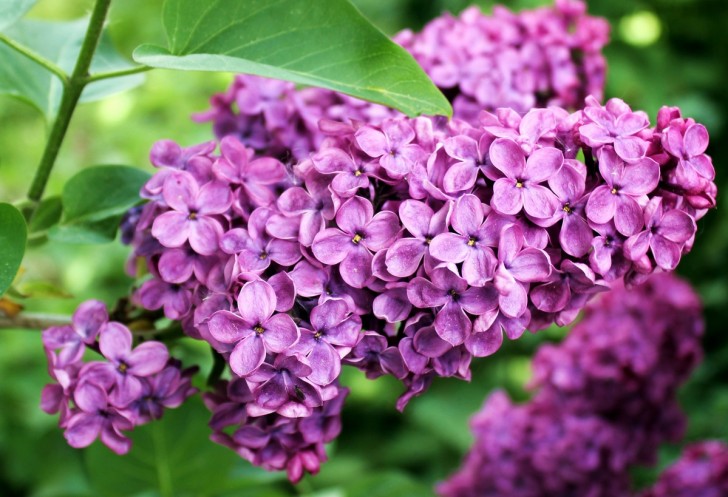
- Exposure and climate: this plant loves sunny positions, where it will be able to give its best during the flowering season. However, this does not mean that they must be in direct sun all day, especially where summers are very hot. It is good to give them protection from the scorching sun in the hottest part of the day. This plant is also very robust and does not suffer from the cold, which is why it can be grown in open ground without any problem in most regions with a temperate climate.
- Soil: the ideal soil for lilac is a one which is a little damp and preferably calcareous. It must therefore not be too dry and stony. In fact, it is always recommended, at the time of planting, to dig a much wider and deeper hole than necessary to be filled with a good quality universal soil mixed with manure (a small amount of manure will be sufficient). In the case of growing the plant in a pot, it is always better to put a layer of expanded clay at the bottom to ensure good water drainage.
- Watering: it is necessary to be constant in your watering when the plant has recently been planted, making sure that the soil does not remain dry for more than a couple of days. However, when the lilac grows and takes root properly, it becomes less necessary to water it frequently. If grown in pots, on the other hand, you must always keep an eye on it and make sure to water it every time the soil dries out completely.

- Fertilizing: it is sufficient to put down some humus, manure or a slow release fertilizer (grains) before the beginning of spring.
- Pruning: these are plants in which it is not necessary to intervene with drastic pruning. It is only necessary to remove dry or broken branches. As for the flowers, if you really want to remove them, they should be cut as soon as they begin to dry out, but without cutting away the buds that develop under the flowers, so as not to destroy the crop of flowers for the following year.
Have you ever grown a lilac at your home?
